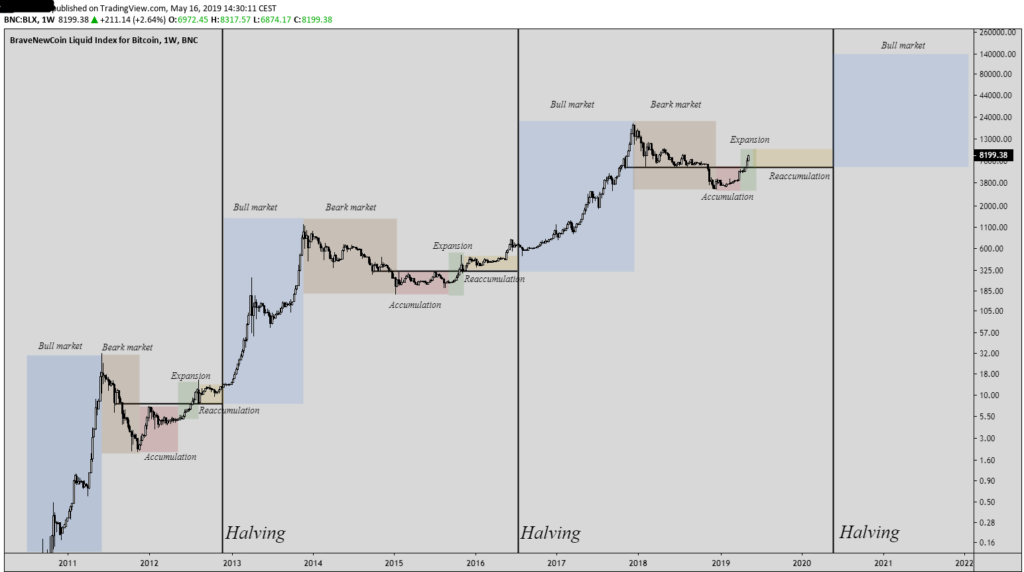The May Bitcoin halving is a topic that is interesting for many people who are following the latest updates. The truth is, this halving may result in greater demand and higher prices for the dominant coin – but what are the actual challenges for the 2020 BTC halving?
As the cryptonews today show, sometimes less is more. This is a central belief of the decentralized cryptocurrency community. In the BTC world, Twitter threads and news websites as well as Telegram and Discord channels, the conversation almost invariably turns to one major topic – the May Bitcoin halving.
So, it’s true that the May 2020 halving for Bitcoin reduce the amount of newly minted Bitcoin by 50%. The big question how is: to hold or to halve your Bitcoin?
If we take a look at the last halving in 2016, we can see that there were major increases in the price of Bitcoin. However, not everyone is sure that this year’s halving will inspire similar market adjustments. When we saw the first halving in 2012, BTC was a cryptocurrency that was not so popular among the public besides programmers, tech gurus and cryptographers investing in it.
This is why the May 2020 halving will be very different. While the cryptocurrency may not be widely understood by the general public, it is now widely acknowledged and covered by journalists and reporters all over the world. The May Bitcoin halving also comes with a lot of press, even if its exact significance still remains unclear to many casual observers. As such, it has the potential to draw new people into the world of cryptocurrency and blockchain.
While the halving itself may persuade some users to take the plunge, others believe that the new rules (especially the 6.25 BTC reward) won’t suit them. Miners are now saying that the price of BTC appreciates which is something they are welcoming – but there are clear doubts about whether the theoretical increase in price can match the expected doubling in mining costs.
The fact that some miners run outdated technology and might need to readjust it show that the mining break-even point costs could reach as high as $7,600 to $13,000. These higher break-even costs could force many miners out of the network but may also be good news and provide a larger market share for people that are able to remain.
Ultimately, the Bitcoin news show that this coin grows even more scarce and has all it takes to rise to new all-time highs. The next BTC halving is scheduled for May 12.
DC Forecasts is a leader in many crypto news categories, striving for the highest journalistic standards and abiding by a strict set of editorial policies. If you are interested to offer your expertise or contribute to our news website, feel free to contact us at editor@dcforecasts.com























Discussion about this post